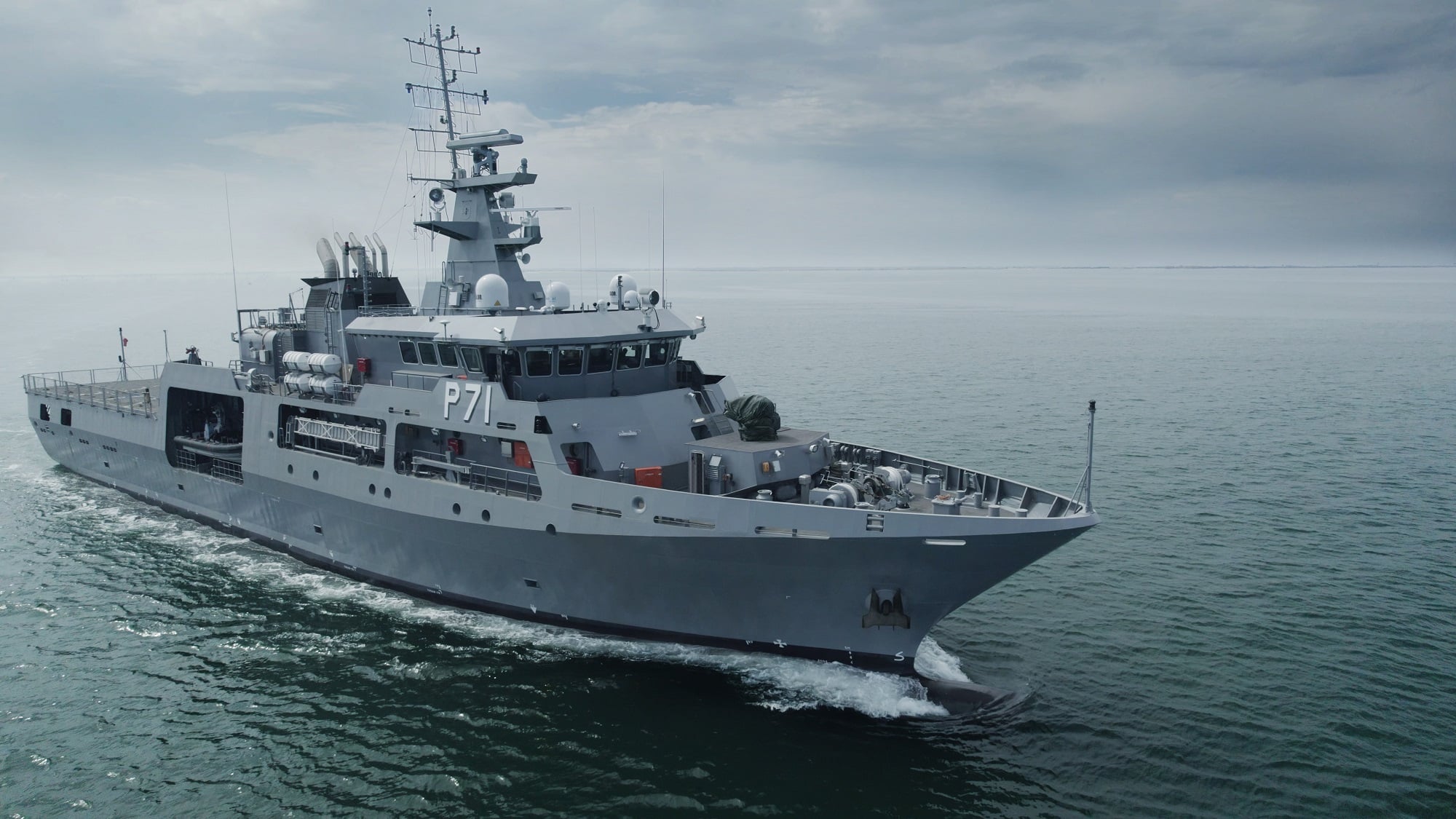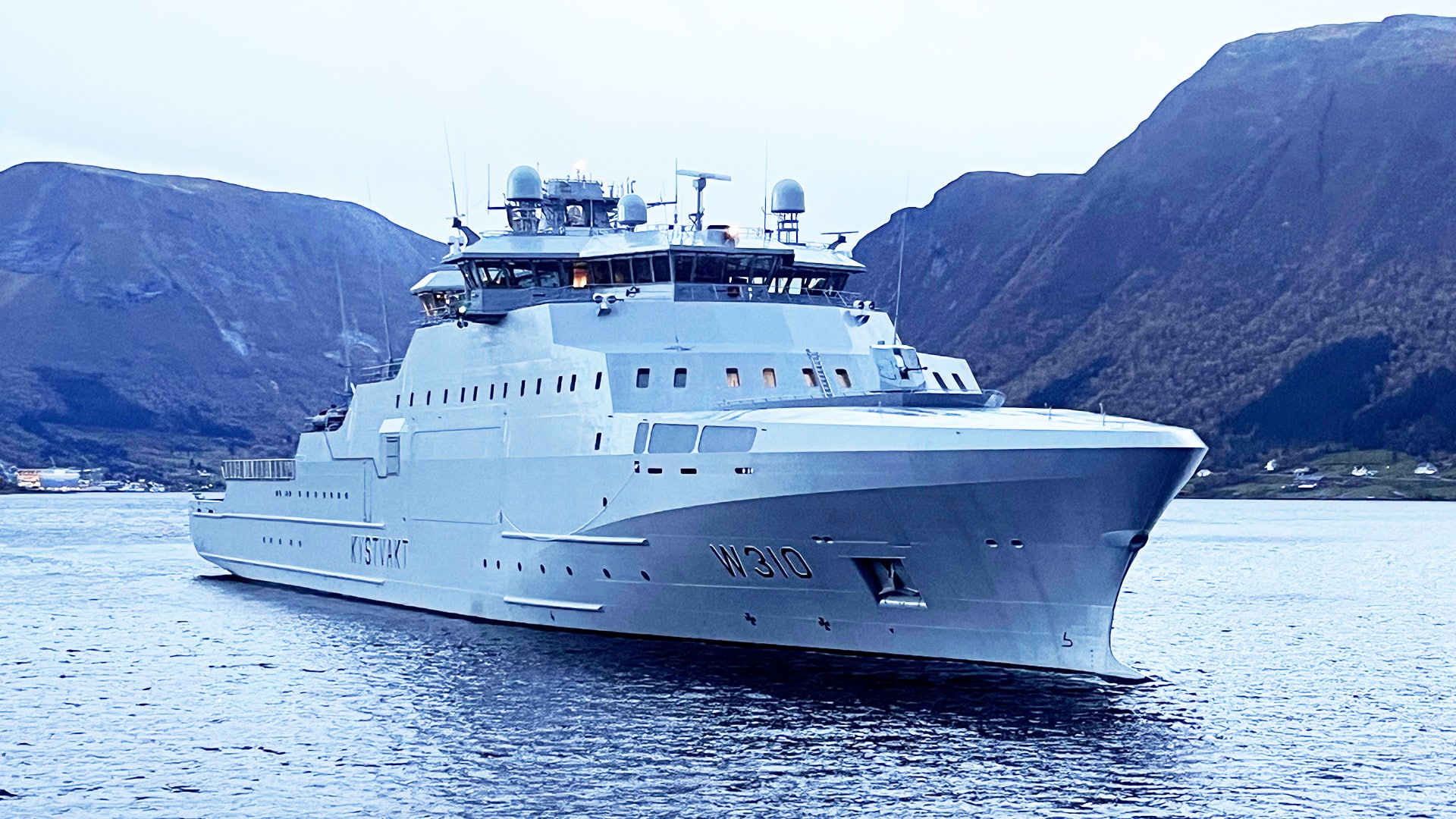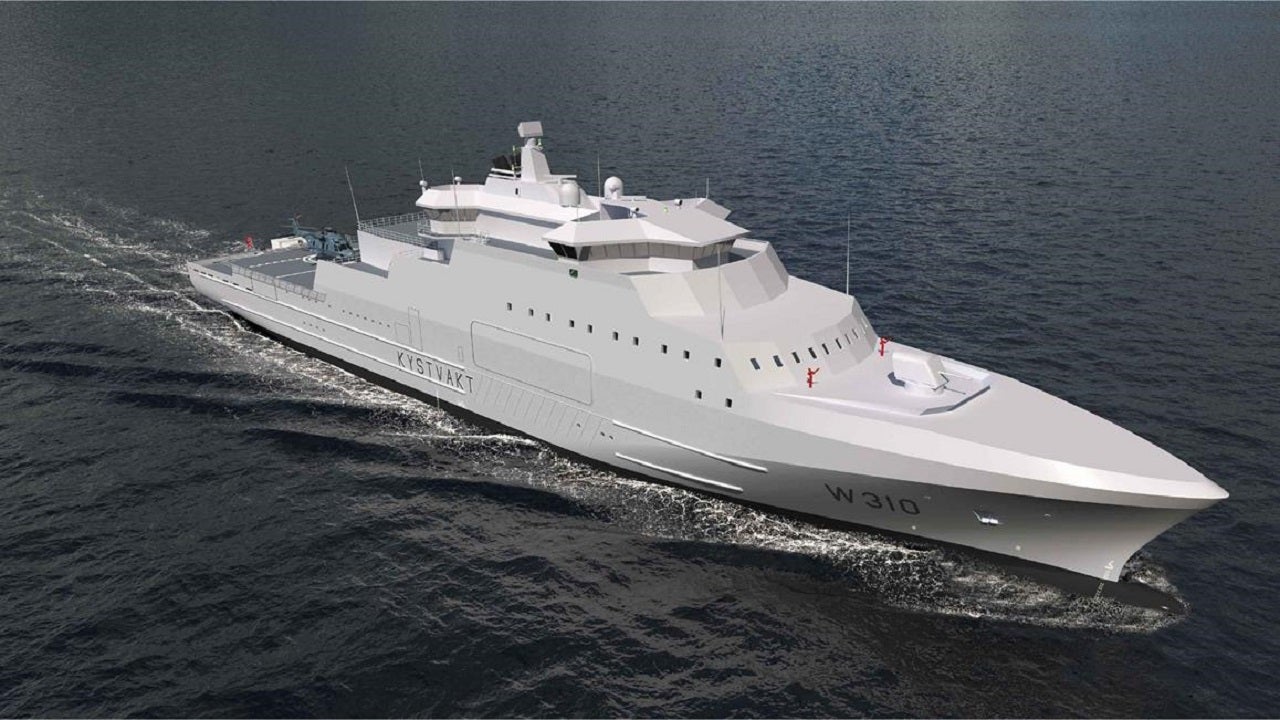MEKO A300 is probably - besides having a design for export opportunities - also about providing a design to derive concepts pertaining to German Navy project F127 in the near to mid future.
Not so much the frigate design as a whole, but instead the way certain subprocesses are integrated into it. F125 similarly took some core design concepts from MEKO D proposed a few years earlier, adapting those to a larger hull with a different focus (two-island damage control concept, ship automation degree for low crew number etc).
Example relatively new core design concepts in MEKO A300 are e.g. the splitting of a larger VLS numbers between a bloc with a ship defense focus (Mk56) and one with a strike focus (Mk41); the proposed integration of energy weapon systems into a gun/laser mixed CIWS concept; the CODAD propulsion; or also the "permanent citadel" feature.
Not so much the frigate design as a whole, but instead the way certain subprocesses are integrated into it. F125 similarly took some core design concepts from MEKO D proposed a few years earlier, adapting those to a larger hull with a different focus (two-island damage control concept, ship automation degree for low crew number etc).
Example relatively new core design concepts in MEKO A300 are e.g. the splitting of a larger VLS numbers between a bloc with a ship defense focus (Mk56) and one with a strike focus (Mk41); the proposed integration of energy weapon systems into a gun/laser mixed CIWS concept; the CODAD propulsion; or also the "permanent citadel" feature.





